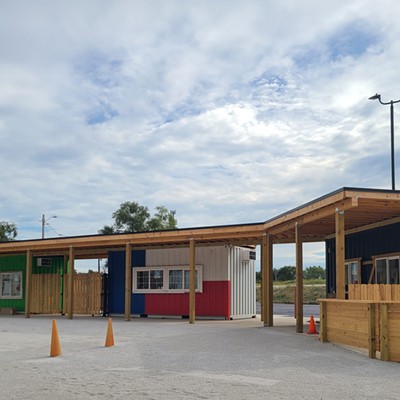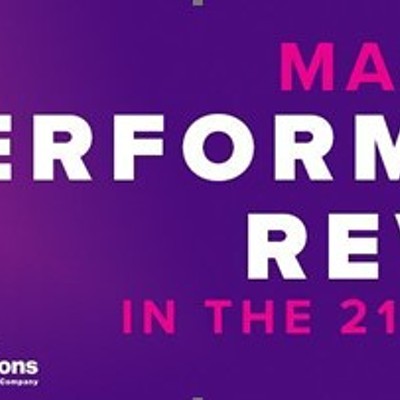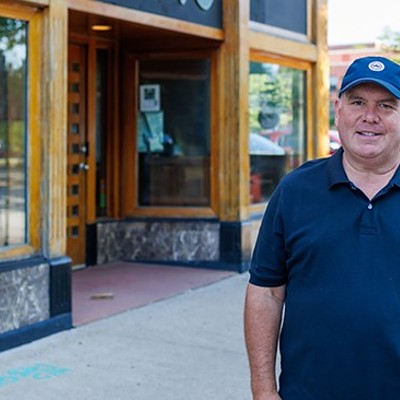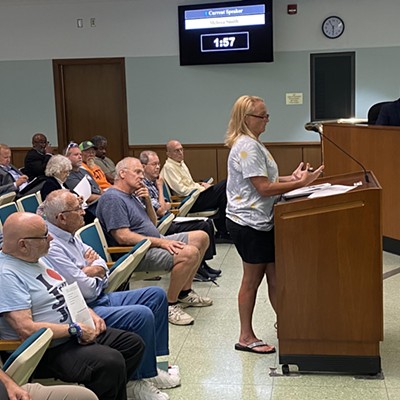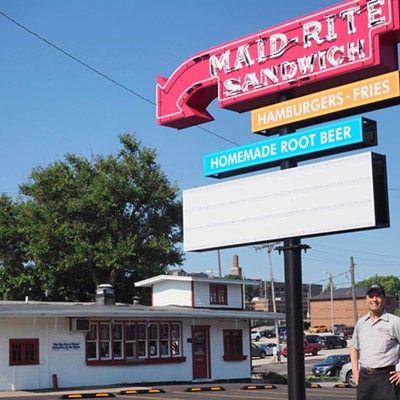By Patrick Yeagle
It's been four years since Illinois adopted regulations on high-volume hydraulic fracturing, but it was only last month that the first application was filed with state regulators to actually use the controversial oil and gas extraction process.
The company seeking the permit says its first well would be for research, part of a trend among oil and gas companies becoming more efficient to extract fossil fuels where it was previously uneconomical.
High-volume hydraulic fracturing, often referred to as "fracking," is a method of extracting oil and natural gas. It involves pumping millions of gallons of water, sand and chemicals deep underground to create pressure which fractures rock formations, freeing trapped fossil fuel deposits. Used extensively in other states like North Dakota and Oklahoma, fracking has contributed to a drastic drop in oil and natural gas prices and a measure of independence from foreign supply. However, opponents say the practice causes air and water pollution, and the U.S. Geological Survey says injection of wastewater from fracking has caused an increase in earthquake frequency in Oklahoma. A study by the U.S. Environmental Protection Agency found that fracking can affect underground drinking water in some circumstances, but the authors cautioned that insufficient data prevented adequate analysis.
Woolsey Operating Company, LLC, based in Wichita, Kansas, filed documents with the Illinois Department of Natural Resources on May 22, seeking approval to fracture a well in White County, near Mt. Vernon, Illinois. According to a DNR spokesman, Woolsey's application is the first in Illinois for high-volume hydraulic fracturing. Lower-volume fracturing has been used in Illinois for decades and involves less regulation.
The well site of the proposed high-volume hydraulic fracturing is located at coordinates 38.1343680, -88.3603830, depicted above.
Mark Sooter, vice president of business development for Woolsey, says the company does most of its business in south central Kansas, where Woolsey is a leader in horizontal underground drilling. The company's first well in Illinois would be exploratory, Sooter says, for the purpose of finding the best way to drill in the New Albany Shale (PDF) rock formation which underlies the Illinois basin.According to the oil and natural gas industries, high-volume hydraulic fracturing hasn't occurred yet in Illinois because oil and gas prices have been too low to justify the cost of extraction in Illinois. Although the prices of oil and natural gas remain low, companies are improving their efficiency at extracting fossil fuels by using different drilling methods based on local geology. Using this approach, the per-barrel "break-even point" - the price at which oil companies begin making back their investment - has tumbled in just a few years.
"Some areas in the United States have shale plays that are still economical at these prices," Sooter said, referring to states like North Dakota and Oklahoma. "The industry is doing a great job of looking at the best ways to extract. It all comes down to the different reserves and different types of rock."
Industry analysts suggest that the New Albany Shale is a potential hot spot for future oil and gas exploration, and Sooter agrees.
"We feel like there’s still good potential in the New Albany shale," he said. "We've been in this process for several years, through geological and geophysical studies. The Illinois Basin has produced 1.3 billion barrels of oil, and the New Albany Shale is the source rock for most of that oil. It's just a determination of the best way to extract it."
Sooter says Illinois' strict regulatory structure may partly explain why other companies have not sought permission to use high-volume hydraulic fracturing here. Before the regulations, there was technically nothing stopping companies from using the process here, aside from a lack of certainty about regulations. The process to create the regulations was fraught with conflict between industry and environmental groups, with the environmental lobby divided between groups wanting a total moratorium and those wanting to get some sort of regulations in place.
"(Illinois) is a very difficult place for what we’re trying to do in the oil and gas business," Sooter said. "The regulatory process is cumbersome, but we've realized that and are going to abide by the rules and regulations in front of us. We are familiar with some companies who have decided that even though the New Albany Shale has potential, because of regulatory climate, it’s an area they don’t want to go."
On June 5, DNR sent Woolsey a letter requesting the company fix "deficiencies" in its permit application - a step in the application process which ensures the extraction process will follow regulations. Woolsey has submitted information to DNR to correct the deficiencies.
Meanwhile, Illinois Peoples' Action, an activist group which opposes fracking, is urging its members to submit letters of opposition to DNR during the public comment period.
A DNR spokesman says the public comment period, which was reset due to the application changes, has not been rescheduled but will likely last through July.
Contact Patrick Yeagle at [email protected].

